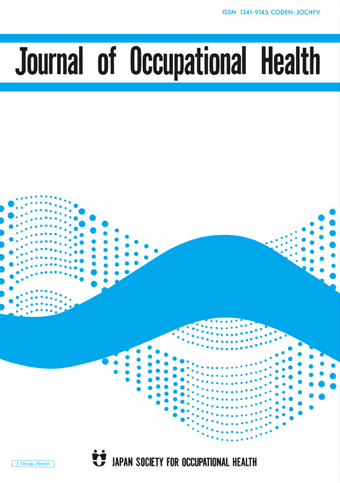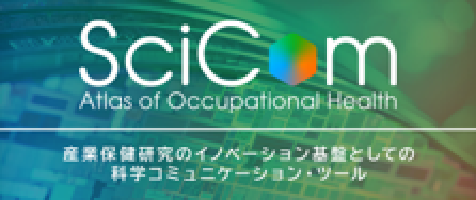Tackling the Presenteeism Problem: Approaches to Address Occupational Health Issues and Improve Work Productivity
Occupational health goals focus on promoting adaptability of employees to their work. Work productivity and adaptability are closely linked to the overall health and wellbeing of employees. Occupational health professionals, therefore, assess adaptation-related workplace issues through regular employee health checkups, stress evaluation, and interviews with occupational health physicians. However, these general checkups may fail to detect specific health issues or stress-related problems that employees are reluctant to discuss.
‘Presenteeism’ or the practice of showing up for work when ill, has recently been used as an indicator of health-related workplace issues that affect productivity. Group studies have evaluated presenteeism at work and identified musculoskeletal pain and psychiatric disorders as the major causes of maladaptation to work. However, there is limited data on specific obstacles at work related to presenteeism at the individual worker level.
In this survey, researchers from Japan interviewed individual workers suffering from presenteeism in a food manufacturing company, to understand their occupational health issues. They used the Work Functioning Impairment Scale or ‘WFun’ to identify workers with high or average work impairment issues due to presenteeism. Thirty-nine workers with a Wfun score of 21 or higher were interviewed. Among them, nine workers were found to require additional support by their occupational therapists.
Further, the survey classified the occupational health issues identified from the interviews into four categories. The first category comprised health issues that are difficult to detect through regular checkups, such as sleep apnea. The second category included issues that are missed in the stress-check programs, like interpersonal conflicts at the workplace that can cause psychological stress. The third category identified physical health issues caused by workload or the workplace environment, including repetitive tasks like heavy lifting leading to acute back pain. The fourth category included health problems that did not require assistance or did not worsen with time.
In addition to identifying the causes underlying presenteeism, this study also highlights measures to improve work productivity. Occupational therapists may suggest support programs, or provide advice related to a change or improvement in workplace conditions, to workers seeking consultations. Furthermore, the study sheds light on other aspects like workplace harassment and lack of suitable training opportunities, which can hamper work productivity. Similar surveys across different industries can significantly enhance occupational health practices, thereby improving productivity.
Link to the original journal article:
https://www.jstage.jst.go.jp/article/eohp/4/1/4_2021-0021-GP/_article/-char/ja
The new practice of interviews focusing on presenteeism provides additional opportunities to find occupational health issues
Kosuke Sakai, Tomohisa Nagata, Masako Nagata, Yoshihisa Fujino, and Koji Mori
Here are some ways you can make it easier for your plain-language summary to be discovered once it has been published:
- Upload the summary on your personal, lab/research group, or university website.
- Share the published content with peers and colleagues through your personal social media accounts (Facebook, Twitter, Blogs, and LinkedIn). Link this back to the journal’s social media promotions for your paper.
- Include the link to the published post in your email signature line.
News & Announcement
-
Mar 14, 2025EOH-P has been listed on PMC/PubMed!The articles published in EOH-P have been registered with PMC/PubMed, the U.S. Nation...
-
Jun 11, 2021Lay Summary page open!Lay Summary page provides you article summaries in order of study categories. You can...
-
Oct 1, 2019EOH-P is now released!The Environmental and Occupational Health Practice (EOH-P) has been released. Please ...
Journal Info
Average 46.14 days from submission to first decision
Average 120.95 days from submission to acceptance







